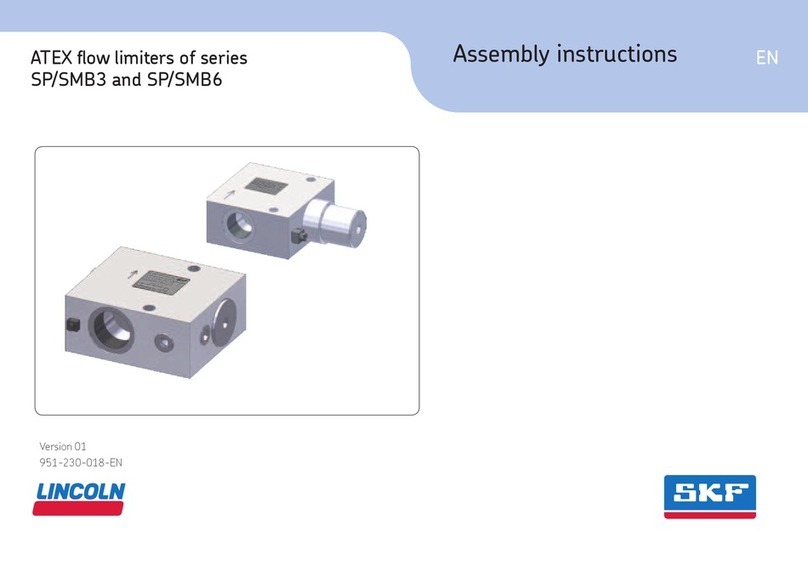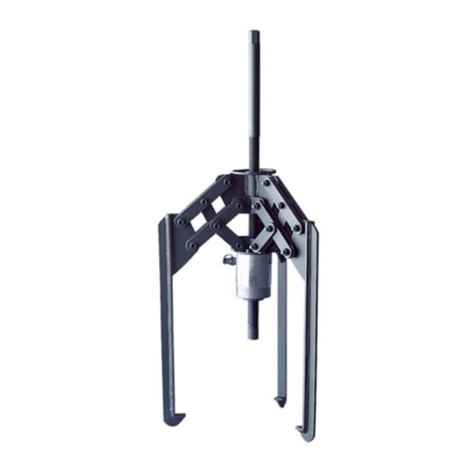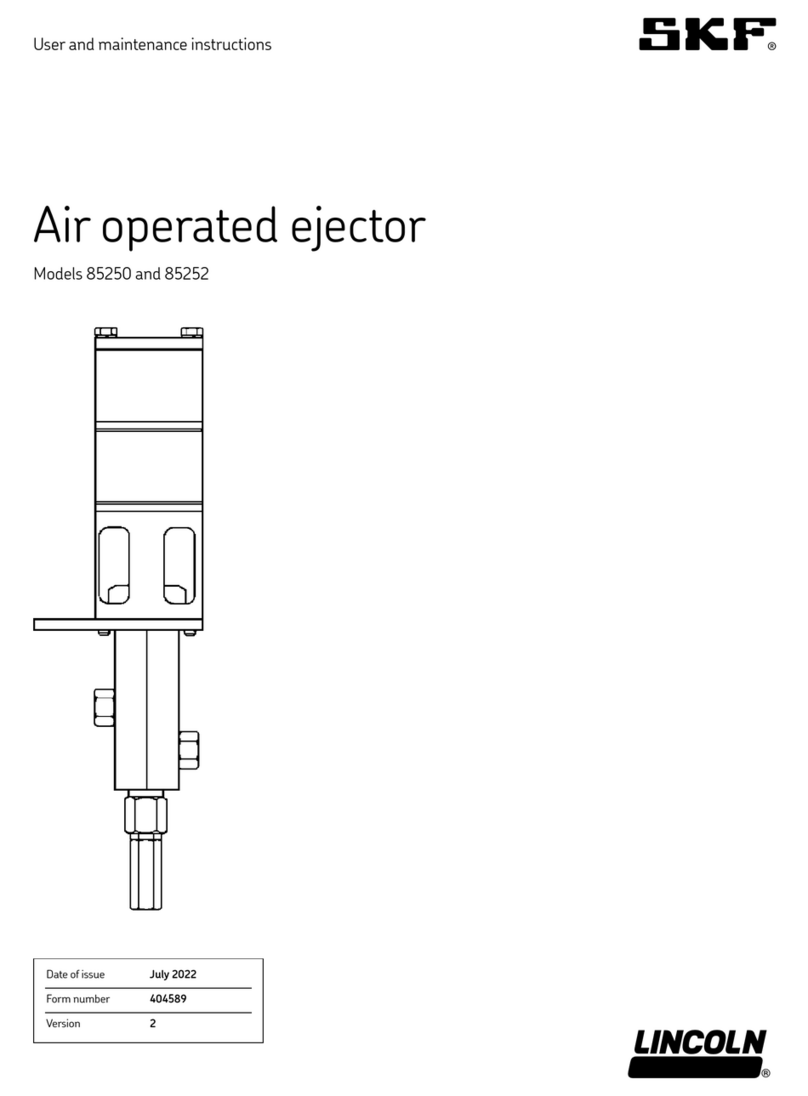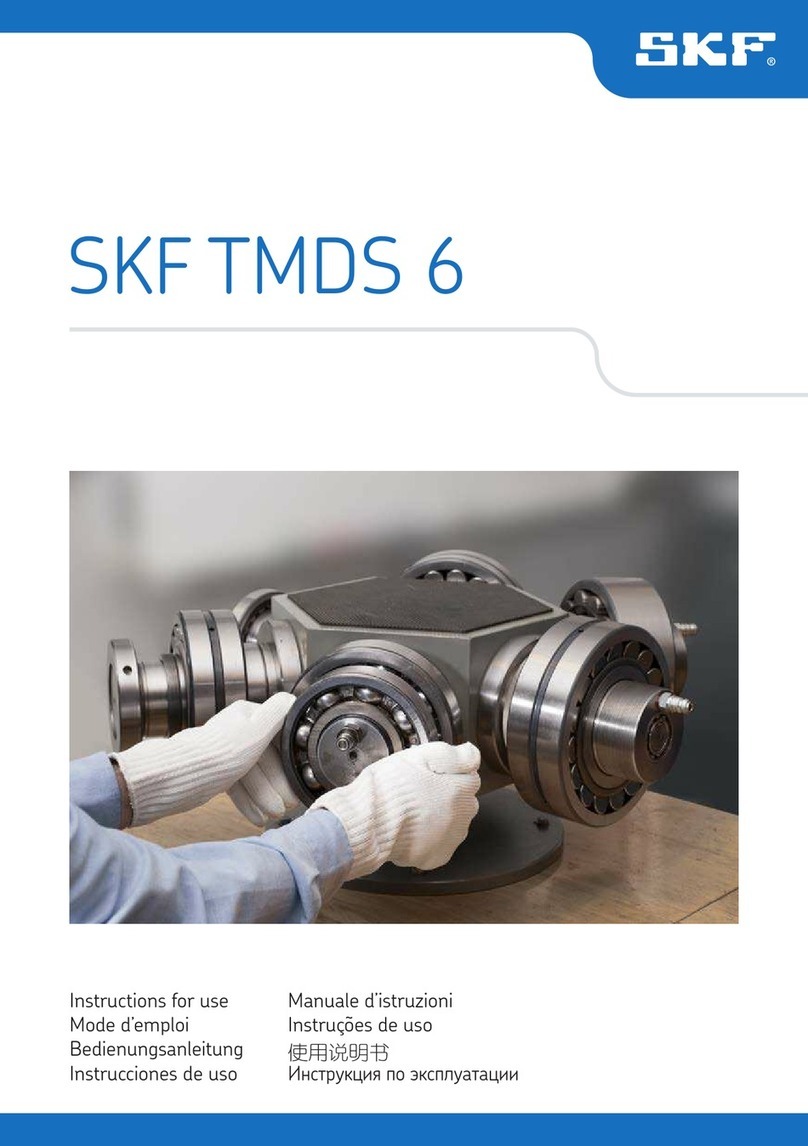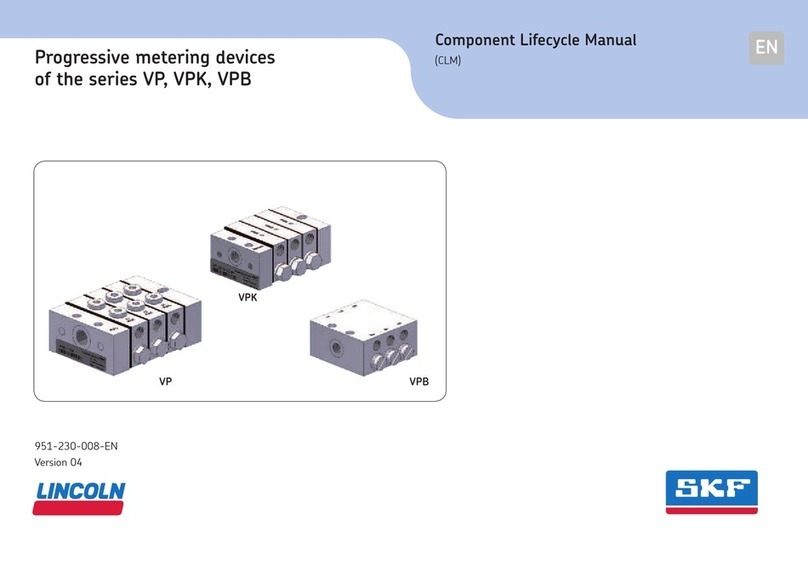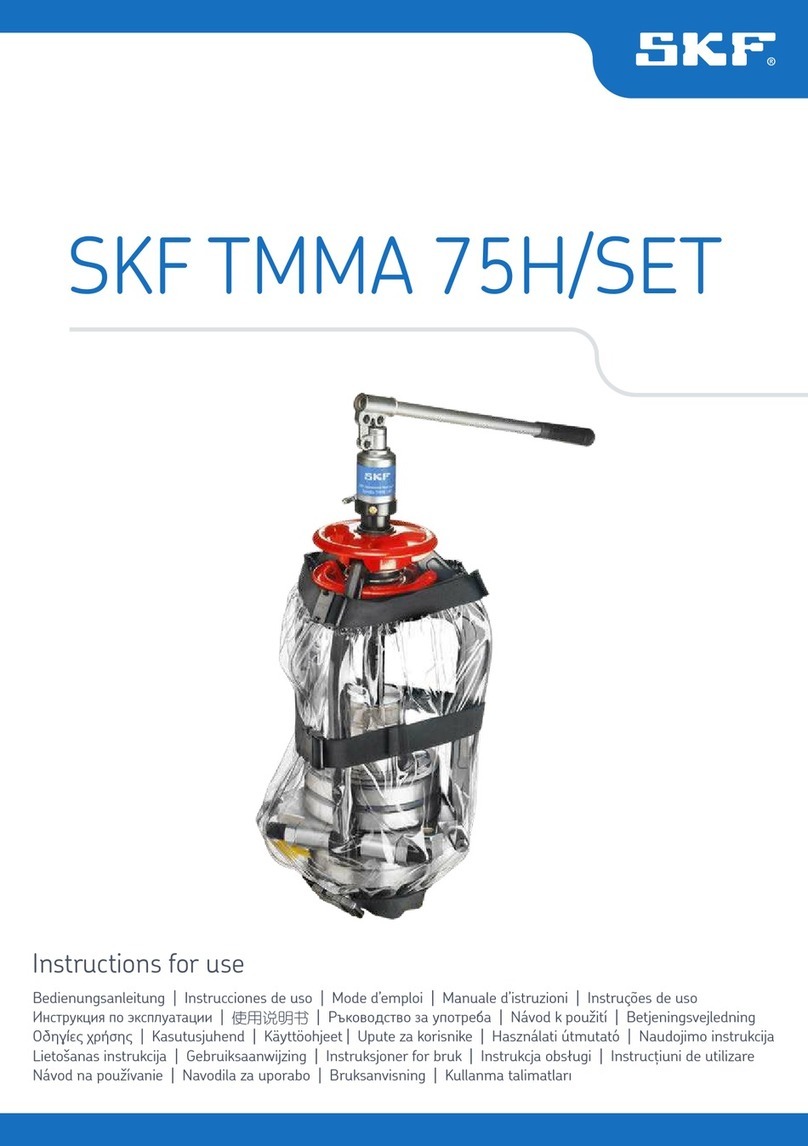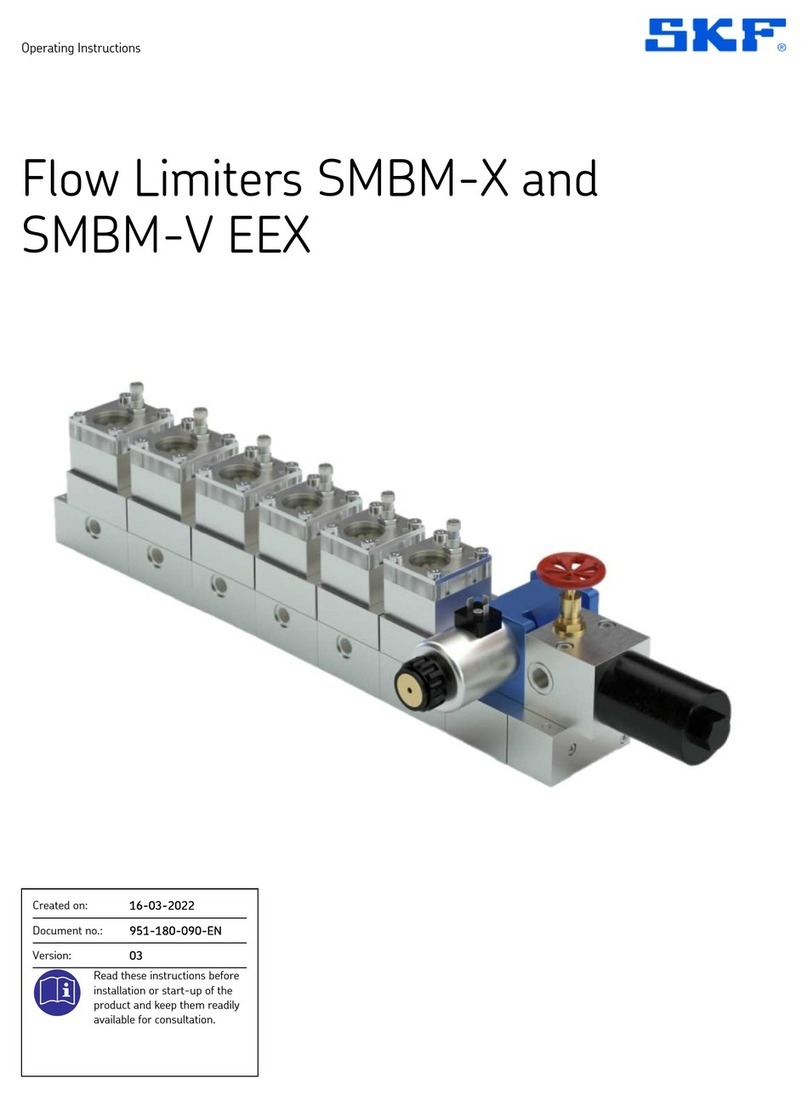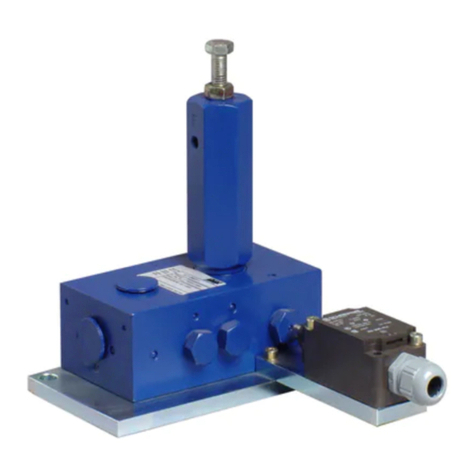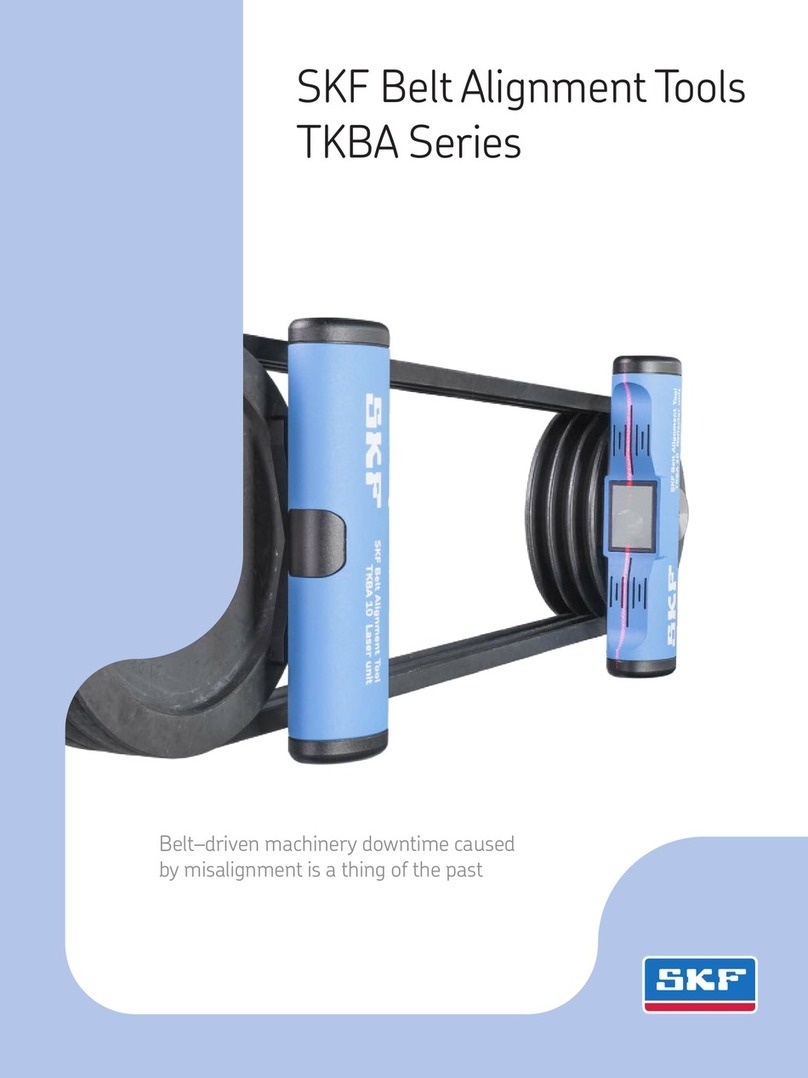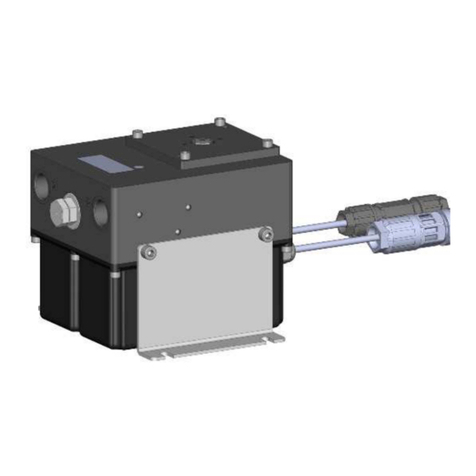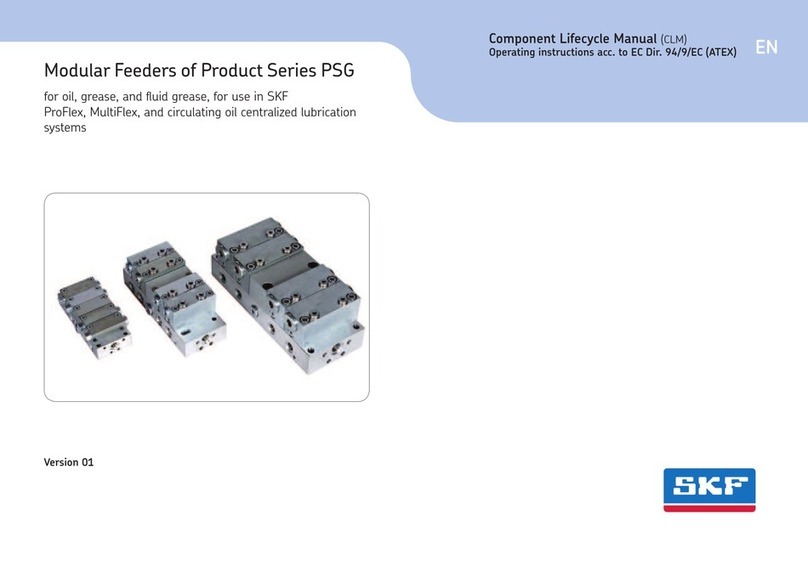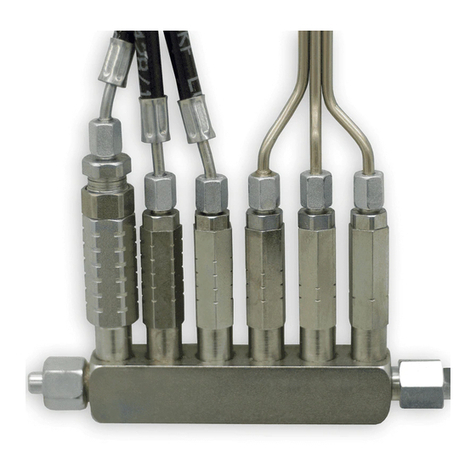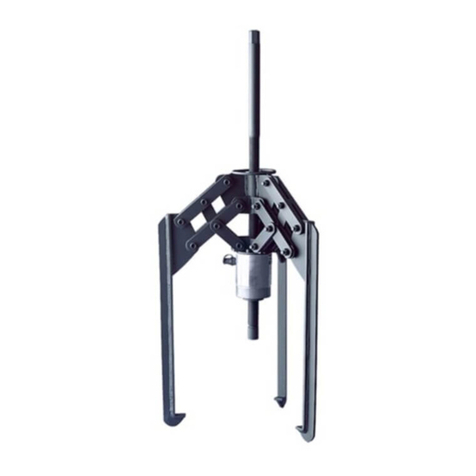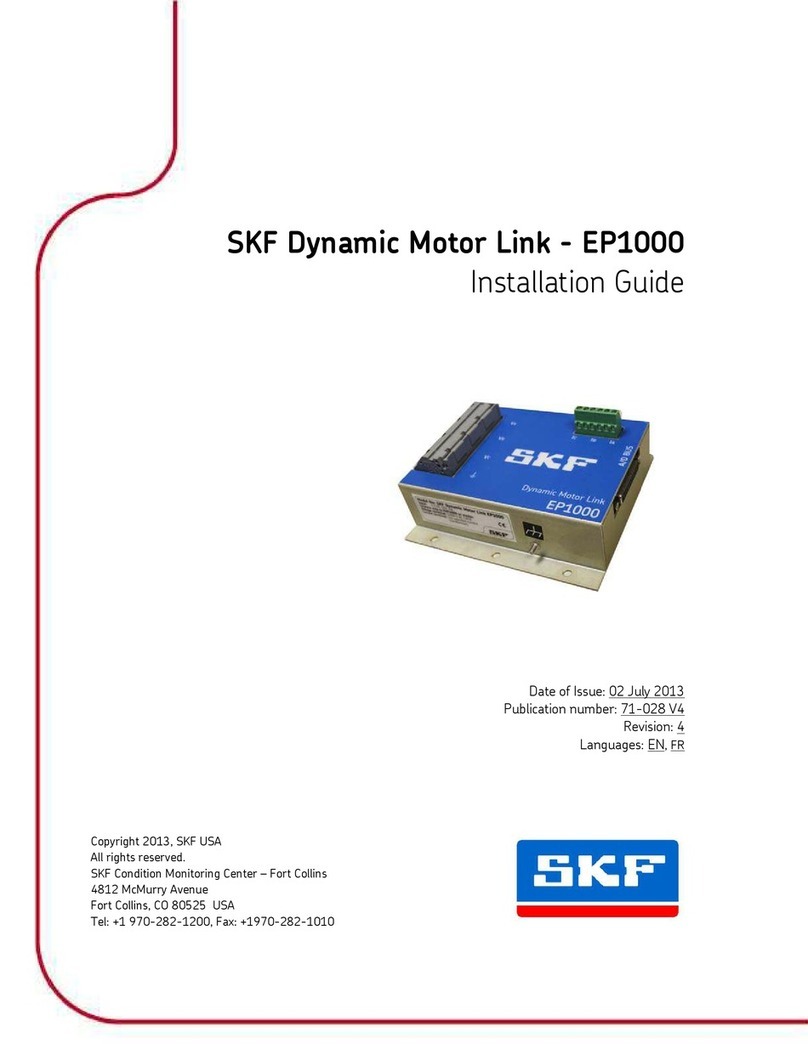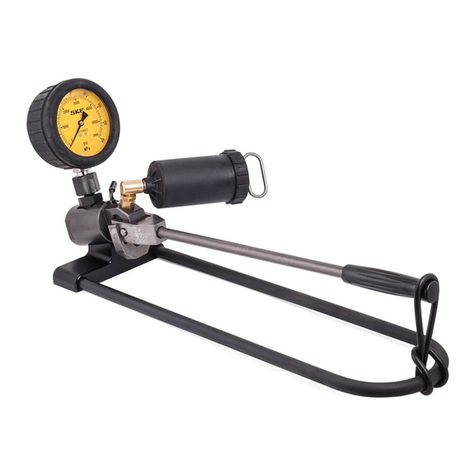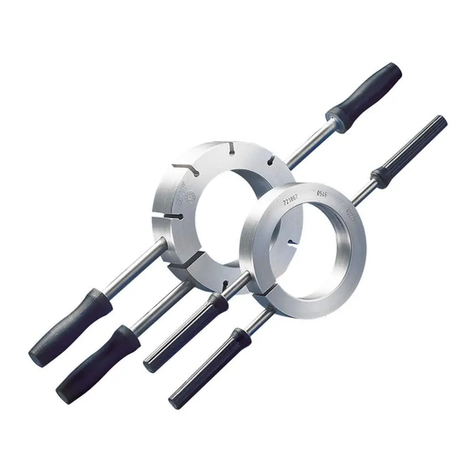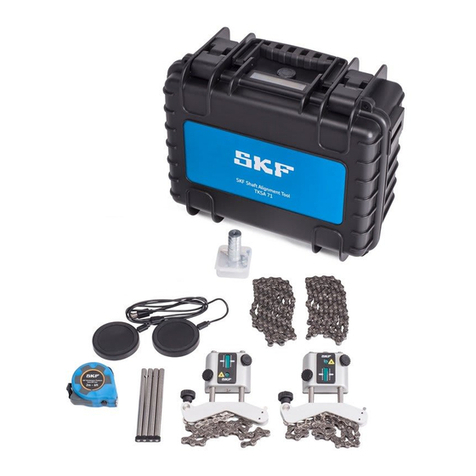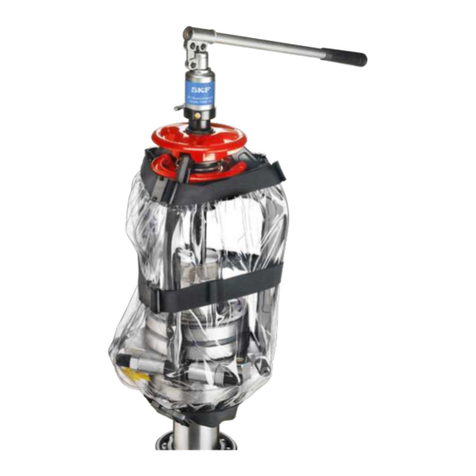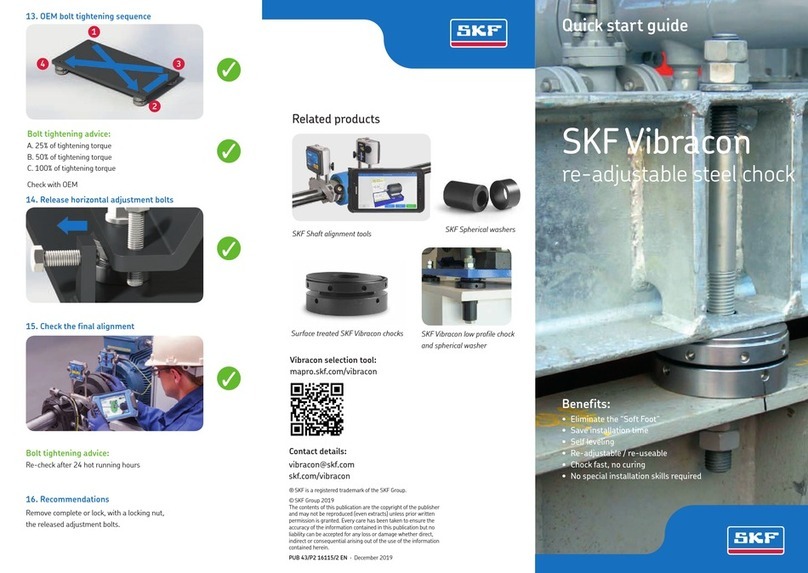
Imprint
This manual – containing installation, opera-
tion and maintenance instructions complies
with EC-Machinery Directive 2006/42/EC
and is an integral part of the described lubri-
cation system. It must be kept for future use.
This manual – containing installation, op-
eration and maintenance instructions was
created in accordance with the valid stan-
dards and regulations on documentation.
© SKF
This documentation is protected by copy-
right. All rights reserved. The photomechan-
ical reproduction, copying, and distribution
of this documentation or parts thereof by
means of processes such as data processing,
data carriers, and data networks is strictly
prohibited without the express permission of
SKF.
Subject to editorial or technical
modifications.
Service
For all technical questions, please contact:
SKF France
Lubrication Product Division
Bld Charles de Gaulle
B.P. 239
37540 St-Cyr-sur-Loire
FRANCE
Tel. +33 (0) 247 403 087
lubrication-france@skf.com
Or an SKF Service Center, the addresses of
which are given on our website:
www.skf.com/lubrication
Contents
Information concerning the EC Declaration of Conformity and the EC Declaration of
Incorporation...........................................................2
General................................................................3
Meaning of symbols and corresponding information ..........................3
1 Safety instructions ....................................................4
1.1 Intended use.......................................................4
1.2 Authorized personnel ................................................4
1.3 Danger relating to electric current .....................................4
1.4 Danger relating to system pressure.....................................4
1.5 Warranty..........................................................5
2. Lubricants ...........................................................5
2.1 General ...........................................................5
2.2 Selection of lubricants ...............................................5
2.4 Lubricants and the environment .......................................6
2.5 Danger relating to lubricants ..........................................6
2.3 Approved lubricants .................................................6
3 Construction and operation .............................................7
3.1 Construction .......................................................7
3.2 Function ..........................................................9
4 Installation instructions ...............................................12
4.1 Positioning and installation ..........................................12
4.2 Mechanical adjustments ............................................13
4.2 Pneumatic connection ..............................................15
4.3 Hydraulic connection ...............................................15
4.3 Electric connection .................................................16
4.4 Proximity switch ...................................................16
5 Transport, delivery and storage.........................................18
5.1 Transport ........................................................18
5.2 Delivery..........................................................18
5.3 Storage ..........................................................18
6 Commissioning.......................................................19
6.1 General ..........................................................19
6.2. Activation ........................................................19
6.3 Modification of the injector metered volume.............................20
6.4.2 Lubrication system bleeding ........................................22
7 Shutdown ...........................................................23
7.1 Temporary shutdown ...............................................23
7.2 Permanent shutdown ..............................................23
8. Maintenance ........................................................24
9. Failures ............................................................25
10 Spare parts. . . . . . . . . . . . . . . . . . . . . . . . . . . . . . . . . . . . . . . . . . . . . . . . . . . . . . . . .26
11 Technical data ......................................................28
1

